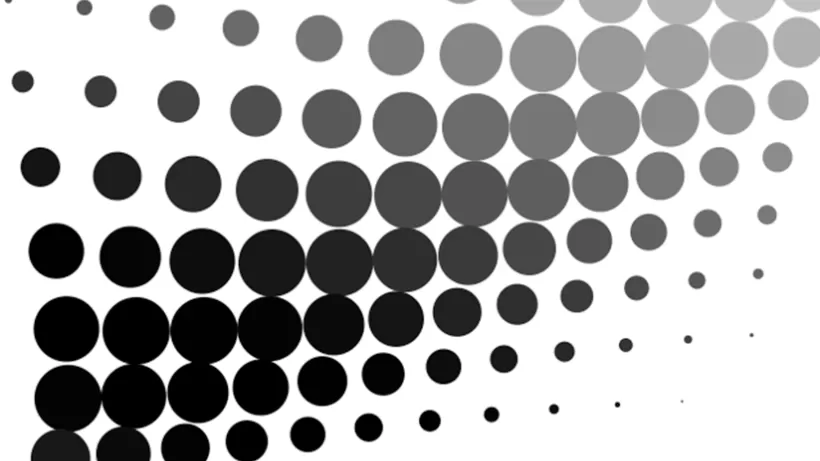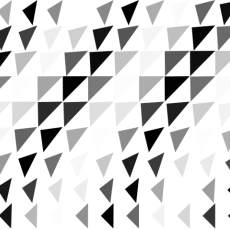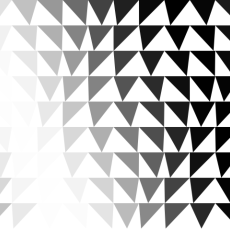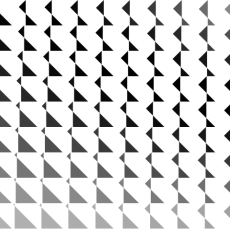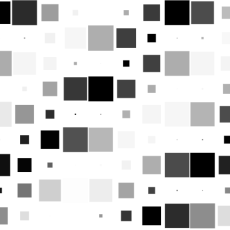Clearly the desire for the same is operative in various ways in many domains: at the level of nationality, within the social, in terms of class, or by political identifications, subcultures, etc. Just as frequently, the desire for the same is challenged by its opposite: the desire for the different. One thinks of the capitalist imperatives of horizontal market differentiations, or the temporal shifts of planned obsolescence, both of which are implicated in the manufacture of the drive to consume, and to understand consumption as an exercise of will rather than a submission.
Mary Douglas explains the laws of commensality as an attempt to protect and preserve difference, to defend the boundaries of categories like nature and culture, kosher and treif. But her structural explanations also identify a pattern of zones which extend from the household and divide territory into the locations for alternating type-consistent and intermediary categories of animals. This emanation of proximity based pattern suggests an alternate reading of the relation in the binary same/different: not as boundary defense but rather as shifting gradation. The power of the dyad is that its self-mediating opposition can create a system of graduated waves of similarity and difference that allow the perception of both tendencies simultaneously. Each becomes a phase of a wave which rolls in as necessary and does not obligate the disavowal of the opposite.
after_riley_wX-es5.js
- Click to cycle through variations
The visual logic of Bridget Riley's work exemplifies this sort of standing wave pattern. The paintings are constructed around ideas of systematic change across the space of the canvas. They rely on periodic structures: geometric figures combined in patterns of repetition and difference. The effect is that a balance is maintained between the poles of opposition; they are held in tension. From the stasis of the image one can imagine the wave of difference that could pass across the picture plane; the variations which each canvas instantiates form a cinematic continuum from which they are extracted.
In this piece, the systematics of Riley's work are animated in the machine, and their wave-like potential is realized.
The Rules
- Distribute a number of elements on a grid such that
- Each element is of the same type
- Each element is in a different state than its neighbors
- But each element is in a similar state to neighboring elements
- The degree of similarity depends on proximity
- Change the state of each element over time by cycling through the range of possible states.
- Let the elements be from a set of variable geometric figures whose state can be changed in terms of orientation, shape and brightness.
